Alternative Provision (AP) exists for young people who, for a multitude of reasons, cannot thrive in mainstream settings. In Haringey, we’ve taken this responsibility seriously. Over the past few years, we’ve transformed our approach with a vision rooted in inclusion, dignity and opportunity.
In 2018, the borough faced a serious problem: our AP wasn’t working. It was fragmented and not delivering for our most vulnerable learners.
At that time, it was delivered by Tri-borough Alternative Provision (TBAP). But the trust collapsed in 2020, marking a significant turning point. After years of financial instability, it went into liquidation, prompting a major shift in how we managed and delivered AP locally.
While some saw this as a crisis, we saw it as a positive opportunity to reimagine what AP could be. Led by our director of children’s services, Ann Graham, we developed our bespoke Model for Change strategy and brought our provision back in-house, launching Haringey Learning Partnership (HLP).
This wasn’t just a structural change; it was a philosophical one. We moved away from outsourcing and towards a model that is inclusive, locally accountable and embedded in our borough’s educational ecosystem.
At the heart of HLP is Commerce House, a bespoke setting which supports students, including those with social, emotional and mental health (SEMH) needs. These are young people who have often been excluded from mainstream schools.
Under the leadership of its executive headteacher, Gerry Robinson, Commerce House has developed into a school with strong values, where these students are seen, supported, educated and respected.
Students wear uniforms, follow a structured and broad curriculum, and take part in numerous enrichment activities which extend their learning and experience.
Our AP is not an isolated service but a vital part of our school ecosystem
Commerce House is not a holding space for students with difficulties; it’s a place of growth and belonging. Its amazing GCSE results over the past few years demonstrate that this approach works.
As a secondary head, Gerry attends headteacher meetings across the borough, reinforcing that HLP is not an isolated service but a vital part of Haringey’s school ecosystem which works in partnership with the wider sector as well as other schools.
Since launching Model for Change in 2020, we’ve seen a dramatic and positive shift. Over that period, 402 students have successfully returned to mainstream education.
In addition, our outreach teams have supported hundreds of children at risk of exclusion. As a result, we’ve recorded exceptionally low rates of suspensions and permanent exclusions.
The latest DfE data for academic year 2023-24 confirms this. Haringey recorded the lowest permanent exclusion rate in London and the third lowest across England. This is a great achievement especially for our children and young people.
We’ve also established Primary Nurture Hubs, like the one at South Grove Primary, supporting our younger children before exclusion becomes a possibility.
This transformation didn’t happen by accident. It was driven by the local authority, with vision, determination and collaboration. We’ve built a system that doesn’t give up on children – one that understands behaviour as communication and learning as a developmental journey.
We are proud of what we’ve achieved, but we remain committed to doing more. Every child in Haringey deserves an education that meets their needs, respects their dignity, and prepares them for a hopeful future.
So as the government aims for a more inclusive education system, we want to share our experiences.
First, the solutions to many of the problems driving exclusion are local. The causes will look different in every local authority, but it’s key that every provider in that area plays their full part in delivering those solutions and is committed to doing so.
Second, AP is central to any strategy to increase inclusion. It must not be a last-ditch attempt to keep young people in an educational setting of some kind. This is a sector full of expertise.
Our experience through Haringey Learning Partnership highlights the crucial relationship between AP and mainstream schools. Together they can work wonders for the students who need a more focused approach.
Most importantly, AP can and should have high aspirations for its students. Perhaps the highest. Because it is not the end of the road, but a new beginning.
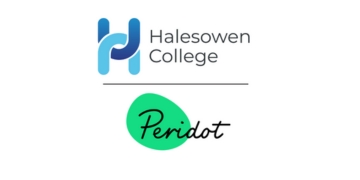

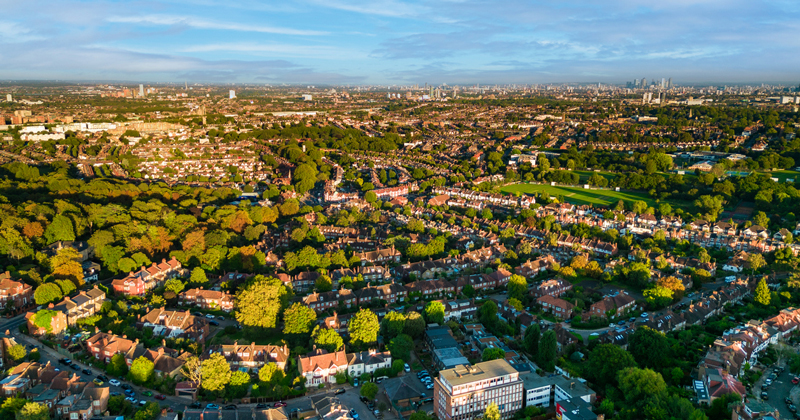
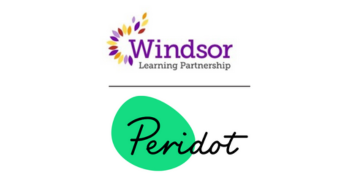
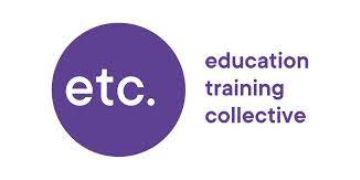

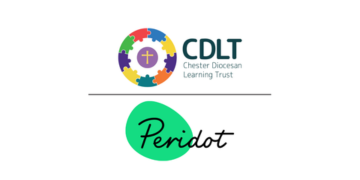





Your thoughts